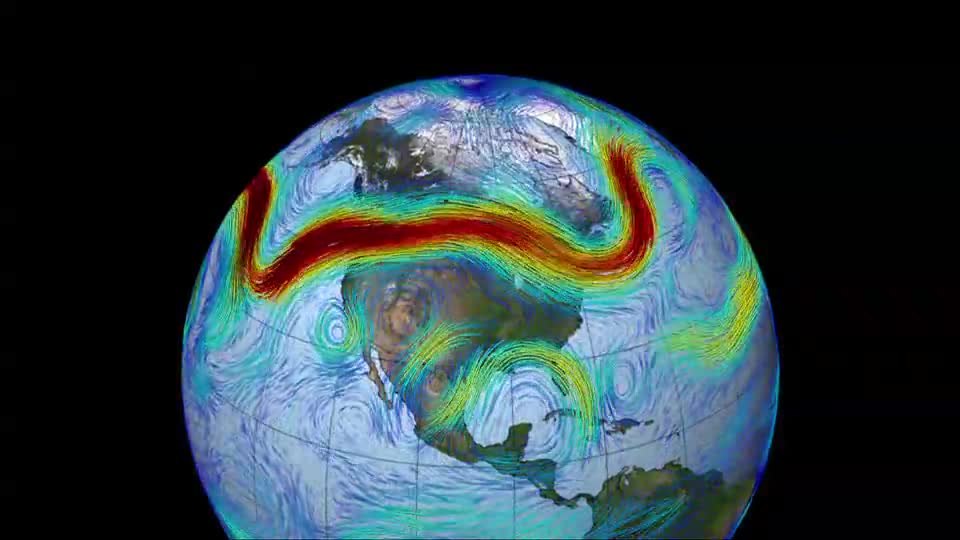Air is a fascinating thing! We breathe it in and out every single day, but have you ever taken a moment or two to learn more about the incredible science floating around our planet right now? One of the most extraordinary phenomena in the air right now are jet streams, which are air currents you may well have come across while travelling around the globe. Take a look below for 13 crazy and interesting facts about jet streams.
1. Jet streams are, at their most basic, air currents. They tend to meander around the planet and are very quick paced. You might actually find them in other planetary atmospheres, too!
2. Polar jets are by far the strongest jet streams on the planet – these tend to be found around 10km above the sea. You’ll also find subtropical jets further into the uppermost atmosphere, though these don’t tend to be as strong.
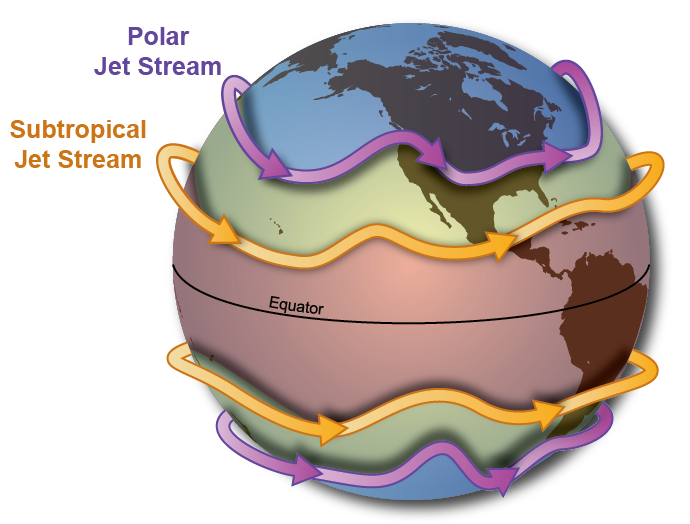
3. But how are jet streams actually made? They are products of various natural forces working together. Specifically, you’ll find that they occur through atmospheric heating and a phenomenon known as the Coriolis. Specifically, they come around as a result of the various natural forces on Earth working together!
4. Jet streams can be responsible for creating bigger weather phenomenon, and can therefore sometimes cause untold damage, albeit indirectly. For example, they can help to encourage hurricanes and tornadoes to move inland.
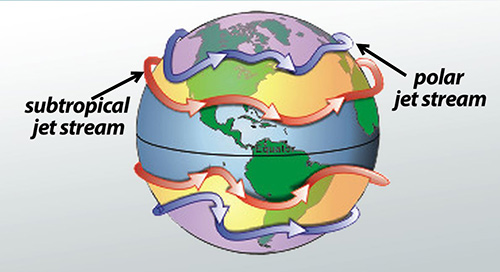
5. It’s likely you will find plenty of jet streams moving around in the tropics, though it’s not unheard of to experience jet streams at low levels in the US.
6. You’ll actually find more jet streams building up towards the equator as the weather gets colder. This means that as thing start to hot up again towards the spring, jet streams will then polarise towards the tips of the northern and southern hemispheres.
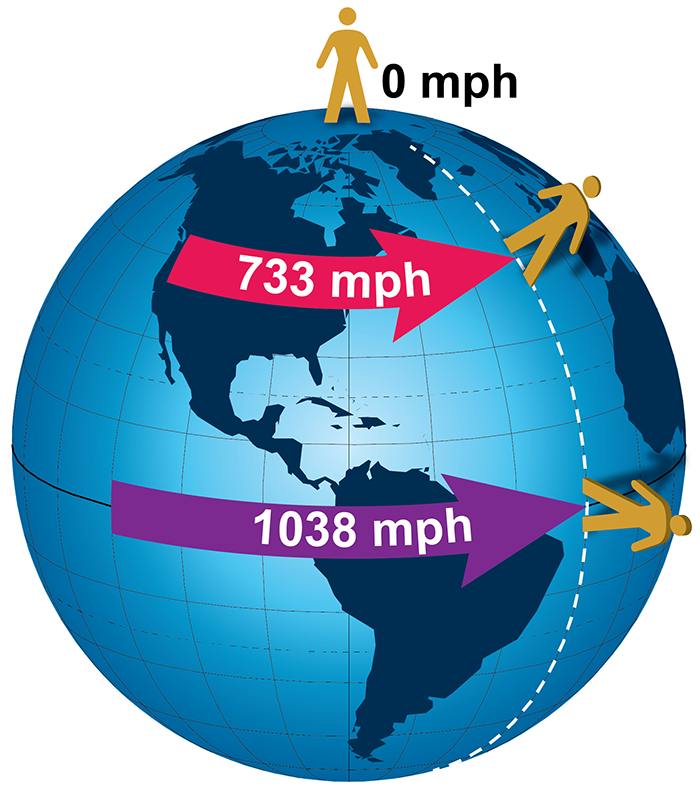
7. Weather forecasts have come a long way over the years, and what’s more, we do have jet streams to thank in many ways. That’s because jet streams can drastically affect air quality and force, meaning that many people involved in aerospace and air travel will make sure to check jet stream factors before they take off.
8. There was a smoke stream of sorts which could be seen high above Krakatoa, a famous volcano which erupted in 1883. Studies of the sky above the volcano in the years which followed have helped us to understand jet streams even more closely.
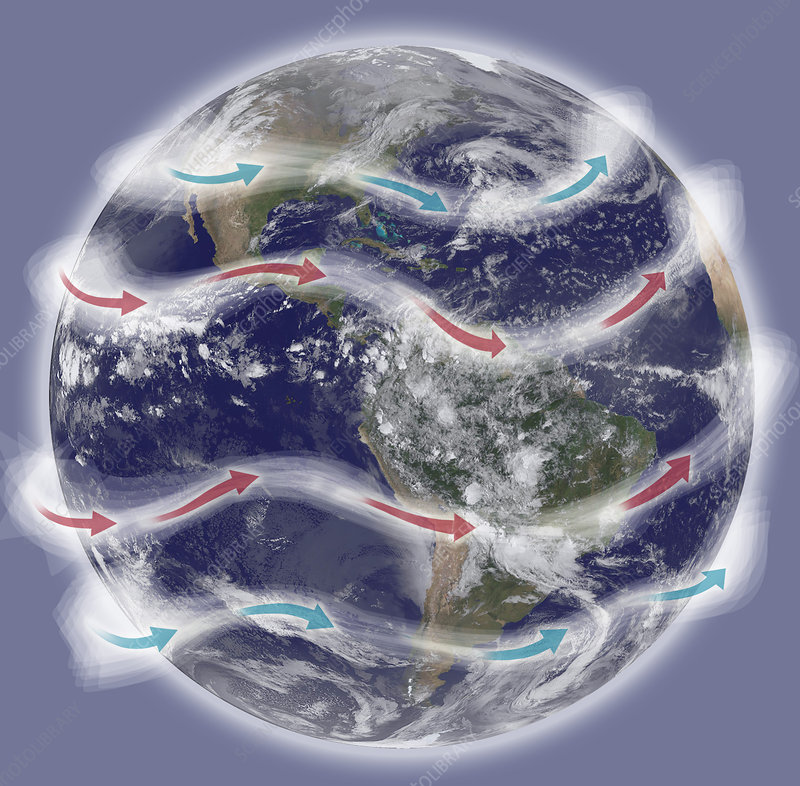
9. Jet streams never stay still – they are always on the move. Specifically, studies show that they are constantly moving direction in terms of latitude and longitude, and in terms of altitude, too. You may even find that some jet streams split off.
10. It’s thought that global warming’s negative effect on jet streams is helping to impact on some of the biggest environmental concerns. For example, studies suggest that jet streams are changing behaviour thanks to advanced polar melting. This can mean that weird weather is rife across various territories – It’s therefore not hyperbolic to state that jet streams have a huge impact on our overall health and the habitats of millions of creatures.
11. Generally, you will find that jet streams take the form of westerly winds. They tend to meander, and as stated, will split up and change directions at random intervals. They may even combine from time to time and polarise. They really are fascinating to map out and measure!
12. It’s thought that both halves of the globe – the northern and southern hemispheres – possess their own subtropical and polar jets. This makes sense, considering there is a pole at either end!
13. The way we detect and measure jet streams is always evolving. In fact, one researcher was actually able to measure jet streams near Mount Fuji by releasing balloons designed for wind tracking. The work of Wasaburo Oishi helped to track where jet streams were travelling high up into the atmosphere – fascinating stuff!

